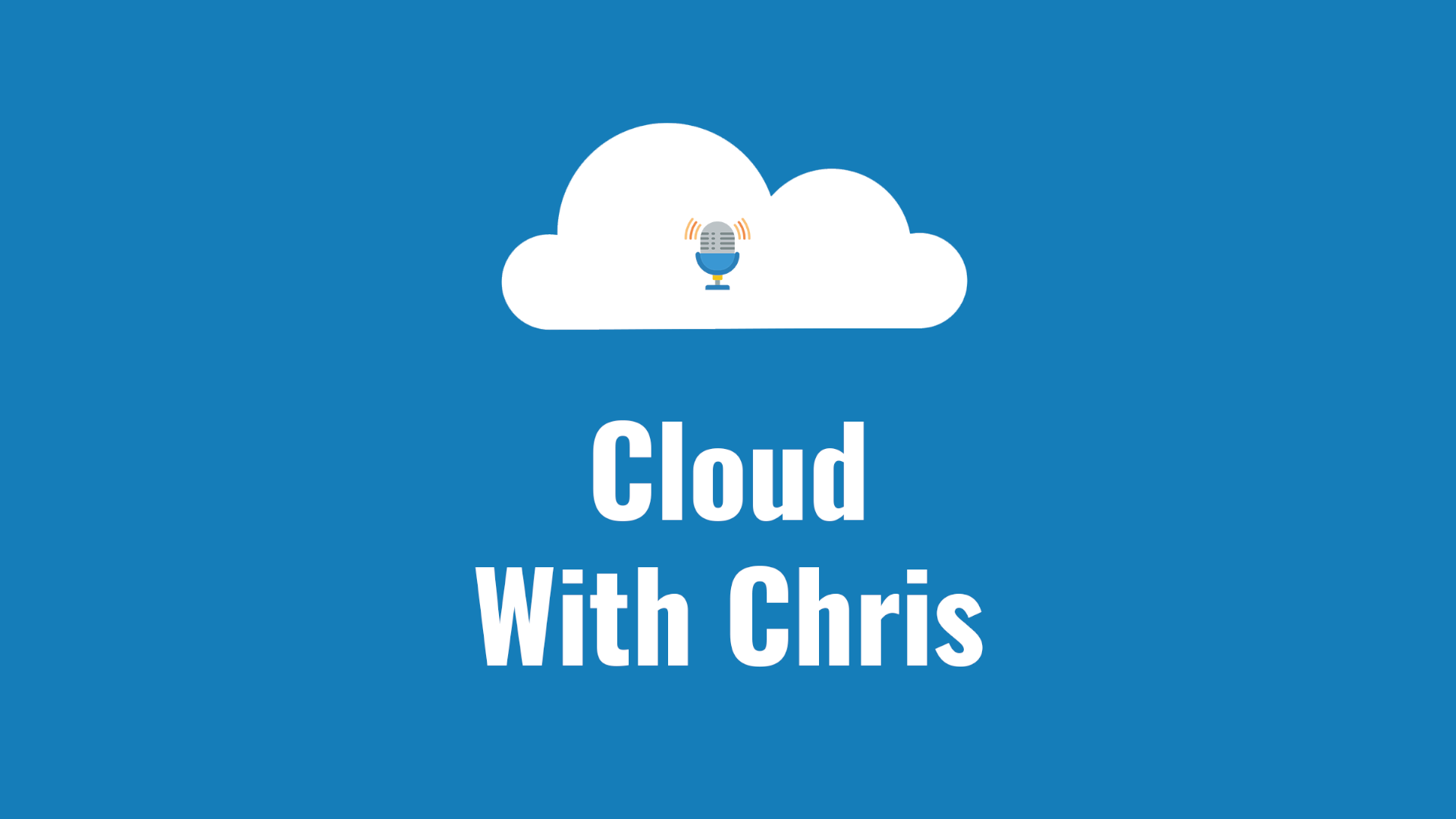Steph is a Senior Customer Engineer in the FastTrack for Azure team at Microsoft. She has a background in SQL Server database design and development and extensive knowledge of SSIS and ETL patterns and practices. She has a wide experience of the Azure data services, specialising in Azure SQL Database and Managed Instance, and ADF.
Steph is an active member of the data platform community running a PASS affiliated Meetup in the UK, and helping to co-ordinate the volunteer team at SQLBits.
Past Episodes
There are so many types of data stores out there these days. You have relational, non-relational, documents, blob, tables, files and more. There’s also a growing awareness of ‘Polyglot Persistence’ where you use different data stores depending on the task. But how do you know which is the ‘right’ one? Chris is joined once again by Steph Martin as we talk through some of these types of datastores, and the factors that may help you in your decision!
Episode
The event sourcing pattern is a well-known pattern and has been around for some time. The idea is that you use an append-only store to record the full series of actions taken on the data. This combines well with the materialized view pattern, where a pre-populated view is generated over one (or more) data stores when the data isn’t in an ideal format for querying. These two patterns are common patterns used in an event-driven architecture. Join Chris and Steph as they talk about both of these patterns and how they may be able to help. This is another episode in the series of Architecting for the Cloud, one pattern at a time.
Episode
Starting to think about the data layer of your application, and concerned about scalability of your solution? Or have some form of application that needs to have segragation of data, perhaps customers with requirements to have their data in a particular geography? Then the first part of the session may be for you, focused on the Sharding pattern! But what about if you’re using a data store which doesn’t support secondary indexes? Won’t you be limited on the efficiency and types of queries that you can run across your data? Then this is where you may be interested in the Index Table Pattern. Listen in to this session where Chris Reddington is joined by Steph Martin, talking about both of these patterns. This is another episode in the series of Architecting for the Cloud, one pattern at a time.
Episode




